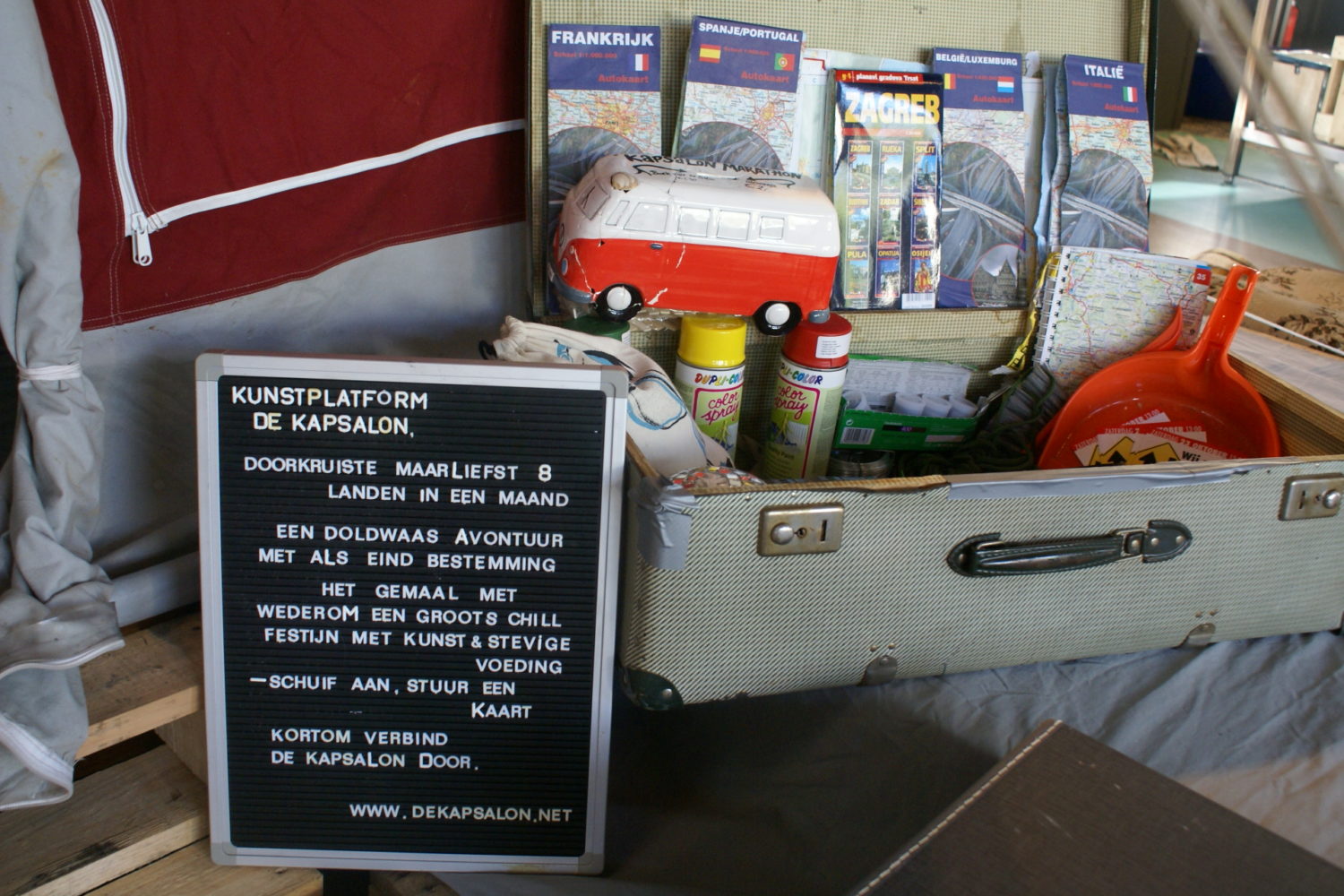Richard Florida’s theory, as formulated in his ‘Rise of the Creative Class’ (2004), speaks of the positive economic effects that creative entrepreneurs can have on the city or district in which they live. In the early 21ste century, Florida’s book served as the bible for policymakers and town planners, who saw the establishment of artists’ initiatives in South Rotterdam as an important engine for economic growth. Around 2010, a string of cultural intersections had formed from Oud Charlois to Oud Feijenoord. This had the potential of forming an important connecting element, like the cultural axis that already existed in the city centre.
Commissioned by Pact op Zuid, TENT invited five artists’ teams to develop campaign proposals for Art in in the South. The project concurred with the ideas of Gerard Marlet in ‘De Aantrekkelijke Stad’ (The Attractive City, 2009) in which he stated that the continuous visibility of cultural production plays an imporant role in the attractiveness of cities. At a time when major cuts in the arts sector seemed imminent and the city council was reconsidering the importance of art for its community, TENT wanted to collaborate with Rotterdam artists to put Art in the South on the map.
Around this core project, TENT realised an exhibition in which artists gave their views on international, local, digital and physical connections in the city, and a series of events in which the attractiveness of art and culture within changing city districts was examined in more depth. Luuk Bode created a monumental mural as an ode to transportation links. Creative Factory presented a foretaste of a large projection screen with digital art in the public space in South Rotterdam. Art platform de Kapsalon (The Barbershop) showed the conclusions of its European road trip in search of cultural connections. Media lab The Patching Zone presented a work conference and a publication on digital South Rotterdam. Martine Herman compiled a continuous film programme on South Rotterdam.
